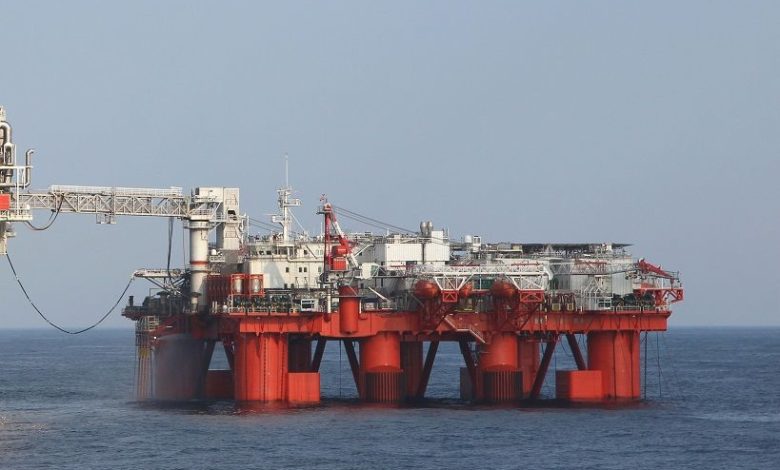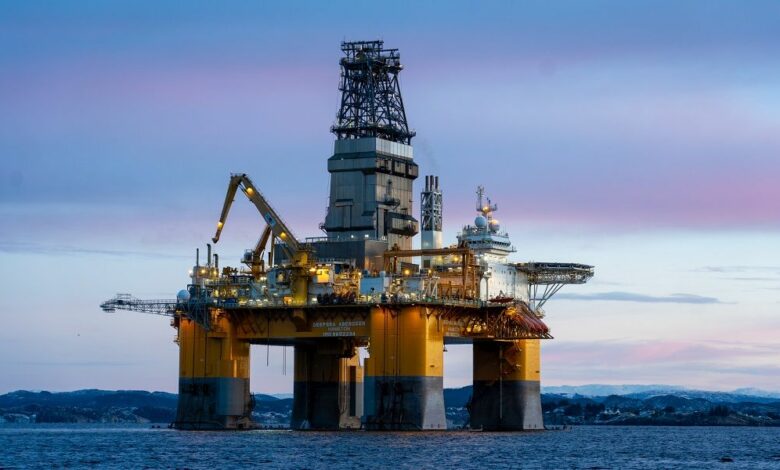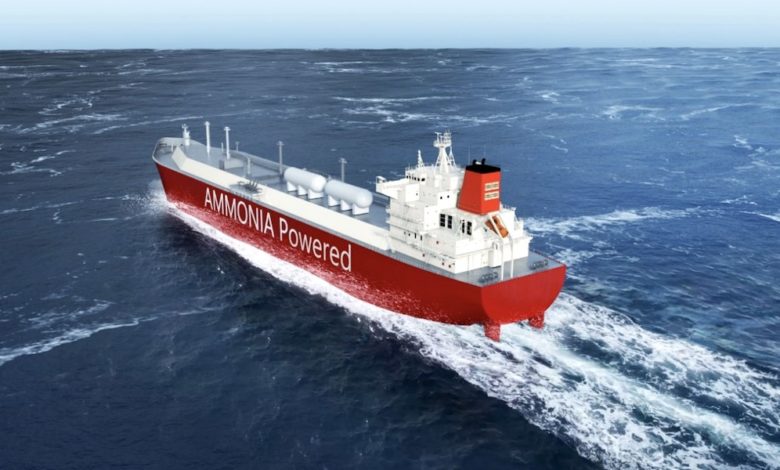Energy News Beat
States and localities are using lawsuits to shape national energy policy by targeting companies the federal government wants to see prosper.
Throughout the presidential campaign, Donald Trump made no secret about his priority of bringing back domestic energy production. [emphasis, links added]
So, in a surprise to no one, on his first day in office, he signed an executive order titled Unleashing American Energy, followed a month later by the creation of the National Energy Dominance Council.
Congress is on board, too, with the Senate- and House-passed budget packages, including reforms to unlock American energy production.
However, what the federal government gives, states and localities — in partnership with the trial bar and advocacy groups — may take away.
For several years, cities, counties, and states have filed lawsuits in state courts using state laws to significantly hamstring, if not shut down altogether, the companies that produce the energy the federal government is trying to unleash.
These lawsuits against Exxon Mobil, BP, Chevron, and other domestic energy producers allege violations of state public nuisance, consumer protection, unfair competition, failure to warn, product liability, and other laws.
In March 2024, Bucks County, Pennsylvania, filed a lawsuit against Exxon Mobil and other oil companies, alleging that they misled the public about the impact of climate change on their products, including fossil fuels.
The lawsuit was filed in Pennsylvania’s Court of Common Pleas for Bucks County and claims, among other things, that the companies violated state product liability, public and private nuisance, and trespass laws.
In June 2020, Minnesota Attorney General Keith Ellison sued Exxon Mobil, the American Petroleum Institute, and three Koch Industries entities for “defrauding Minnesotans about climate change,” alleging violations of Minnesota statutes that prohibit consumer fraud, deceptive trade practices, and false statements in advertising.
Mr. Ellison brought the case to Minnesota’s District Court for the County of Ramsey, which stated on Feb. 18 that the challenge could continue in state court.
…this unholy alliance of state and local officials, trial lawyers, and advocacy groups is attempting to make a national energy policy.
These are just two examples of dozens of cases filed across the country.
A recent report by the Alliance for Consumers focuses on public nuisance lawsuits.
The report exposes the coordination among state and local officials, trial lawyers, and advocacy groups “to use the court system as a weapon to force companies to comply with a liberal agenda without legislative oversight or public scrutiny.”
Using state courts and state laws, this unholy alliance of state and local officials, trial lawyers, and advocacy groups is attempting to make a national energy policy.
As former Attorney General William Barr and legal scholar Adam White have argued, “Choices about how to handle energy policy must be made through the Constitution’s democratic processes, not by federal judges or administrative fiat — and certainly not by state and local judges.”
The good news is that some states have recognized the problems of making national policy through state courts.
In 2019, Texas enacted a law prohibiting political subdivisions from entering into contingent fee contracts for legal services unless and until the attorney general has reviewed and approved the contract.
Kansas and West Virginia are considering similar legislation.
The bills would require that a political subdivision hold an open meeting to discuss a contingency fee contract for legal services before approving the contract and that the attorney general approve it. Such guardrails are needed for good government alone.
Kansas Deputy Attorney General Robert Hutchison, testifying on March 3 before the Kansas Senate Judiciary Committee, emphasized that guardrails on contingency fee arrangements between local governments and private law firms help maintain coordination in state litigation.
He explained that these safeguards protect businesses from excessive lawsuits and help preserve public trust in the judicial system.
The Oklahoma Legislature is considering a bill that would amend the state’s public nuisance law to clarify that the legal manufacturing, marketing, and selling of products cannot be a public nuisance.
It also requires private individuals to demonstrate by clear and convincing evidence that the nuisance is the proximate cause of the person’s injury.
These reforms would significantly deter localities and other state officials from using state laws and courts to make national policy.
Read rest at Washington Times
Is Oil and Gas An Investment for You?
The post States Using Climate Lawfare Are Undermining Federal Energy Push appeared first on Energy News Beat.






















